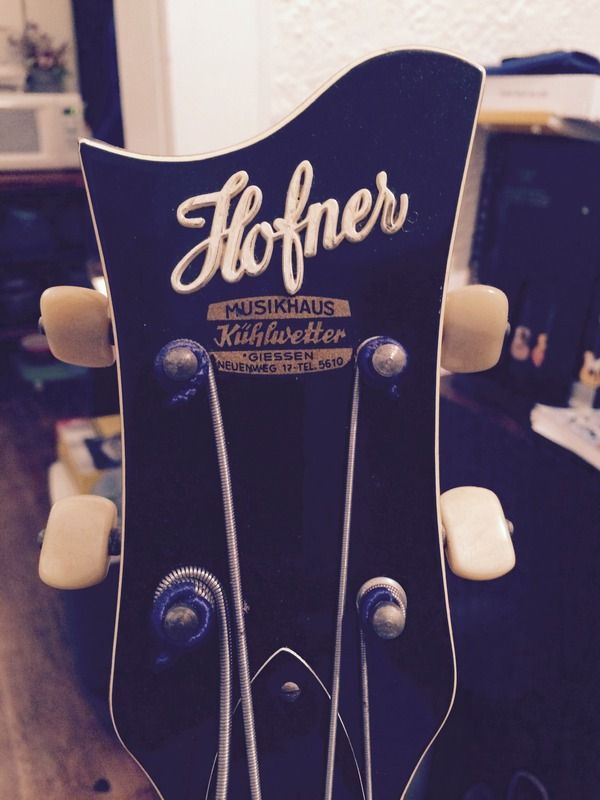"Not much to add in the way of knowledge as it appears you got more then plenty of that sent your way by the highly informed folks here at LTG. I will just say welcome and that is a gorgeous guit. They re-finished it nicely. Looks like it possibly has a new life.. Very cool. Not sure anyone asked, but if you have any files of her recorded we love to hear them.. Soundcloud is a great way to share audio on this forum. "
Thanks D30Man!
Good idea. I have about 90 or so (?) songs on SoundCloud now. I think only one has the X-330 on it so far but, I want to record a chord/melody solo on it, so it's tone is all you hear. I have the song all written...I just have to get better at the hard part! ( Need to write easier songs ☺).
It takes me awhile to get a solo recording done but, I will post a link when I do. I was in a coma for awhile and never came back 100% as a guitarist but, I can put together something bearable. ☺☺♪♪♪
The guitar has a strong acoustic component to the sound. With the wooden bridge and a very microphonic Franz pickup, it is great for jazzy comping. On the right tune, it makes a good solo instrument too. It really excels on the treble strings in the upper positions. A very warm, sweet and clear tone there. (As good as any guitar I have owned.)
Bueno
Thanks D30Man!
Good idea. I have about 90 or so (?) songs on SoundCloud now. I think only one has the X-330 on it so far but, I want to record a chord/melody solo on it, so it's tone is all you hear. I have the song all written...I just have to get better at the hard part! ( Need to write easier songs ☺).
It takes me awhile to get a solo recording done but, I will post a link when I do. I was in a coma for awhile and never came back 100% as a guitarist but, I can put together something bearable. ☺☺♪♪♪
The guitar has a strong acoustic component to the sound. With the wooden bridge and a very microphonic Franz pickup, it is great for jazzy comping. On the right tune, it makes a good solo instrument too. It really excels on the treble strings in the upper positions. A very warm, sweet and clear tone there. (As good as any guitar I have owned.)
Bueno
Last edited:


